
OR
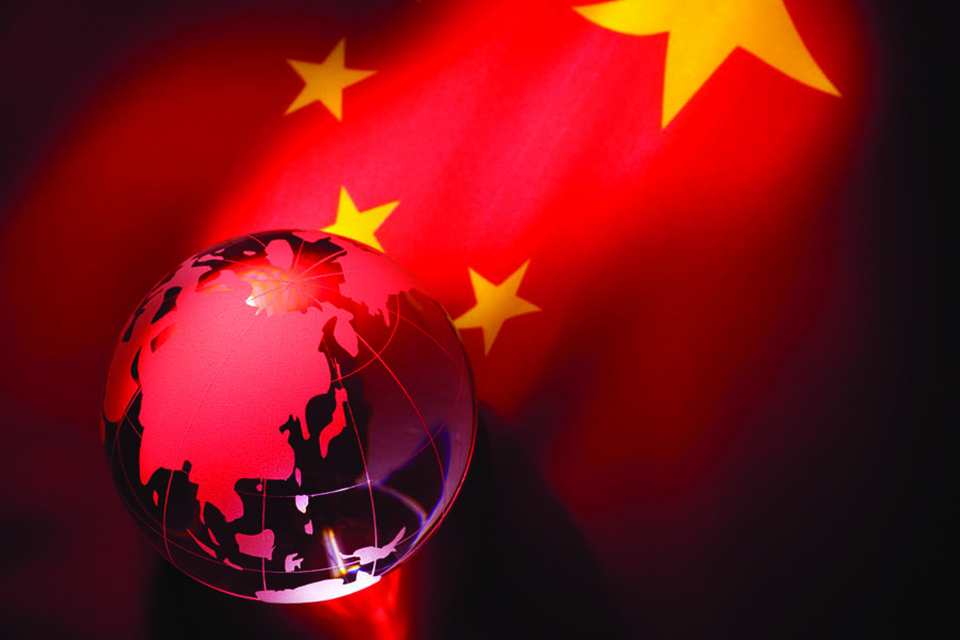

Kamal Dev Bhattarai
The author is editor of www.hakahakionline.com, operated by Nepal Forum of Environmental Journalists (NEFEJ). He writes on foreign policy, media and development issuesnews@myrepublica.com
In the last 10 years, India is gradually losing its influence in Nepal while Chinese influence has increased at all levels
When Nepal formally overthrew monarchy in 2008, China feared that its security interests in Nepal could be at peril in the absence of a reliable partner. Monarchy had always remained a true partner of China since the establishment of diplomatic relations between the two countries in 1955.
India, which supported Nepal’s political parties in bringing down monarchy, was quite upbeat about further increasing its influence in Nepal. At first, India tried to prevent UN’s participation in the peace process expressing willingness to mediate Nepal’s peace process itself. Later, UNMIN and India built an environment of trust and moved ahead through some informal understanding.
Until the integration of Maoist combatants, dissolution of first Constituent Assembly (CA) and formation of chief justice-led government, India’s involvement in Nepal’s internal affairs was pretty high. As constitution drafting process drew closer, India’s influence in Nepal’s internal affairs started to wane.
After the abolition of monarchy, Chinese policy makers believed the Indian influence in Nepal would compound the situation, and Western and European countries would enhance their presence in Nepal undermining its security interests.
Post-2008 development
Before 2008, China used to adopt a quiet diplomacy and it was heavily banking on monarchy for its security interests in Nepal. In the subsequent years, Tibetan refugee community intensified their protests in Kathmandu taking advantage of Nepal’s political instability. Tibetan refugees intensified their protests including self-immolation attempts.
Monarchy’s downfall, increased activities of Tibetan community, political fluidity and other factors prompted China to take extra measures and efforts to protect its core concern: Containing anti-China activities. After 2008, high-level visits from China were unexpectedly intensified. It consistently urged the government to take serious measures in order to curb the activities of Tibetan refugees. After the election of second Constituent Assembly (CA), activities of the refugees have been curbed.
China, mostly after 2008, became more vocal about the political situation in Nepal. During the constitution drafting process, China clearly advised leaders of major political parties not to go for ethnic federalism cautioning that the move would provide rooms for Western powers to create political instability in Nepal. China had advised Maoist leaders not to split the party in 2013.
With this, China intensified engagement with all the parties in Constituent Assembly, including Madhes-based parties. China mainly intensified its engagement with some key leaders of Nepali Congress, CPN-UML and Maoist party. It also expanded engagement in bureaucracy, security forces and other private sector.
The close study of the last 10 year shows that India is gradually losing its influence in Nepal, and Chinese influence has increased at all levels.
Since 2008, China has wished for a stable government in Kathmandu that would address its security concerns. This is why it treated all the parties with equal footing because it was not sure which party would become strong and form the government. But naturally it was more in favor of communist parties rising to power than others. The emergence of Maoist party in 2008 was good news for China, and it wanted to see a strong and undivided Maoist party. China always advised the communist parties to strengthen party unity. This wish seems to have come true now.
We have a Nepal Communist Party-led government with two-thirds majority support in the parliament. Now China thinks that government led by KP Sharma Oli is most favorable to increase its influence in Nepal and control the activities of Tibetan refugees in Kathmandu. China has established a good rapport with other political parties as well.
The second priority of China was to limit or reduce the Indian influence in Nepal. China was seeking to defuse India’s influence mainly after 2008. But China didn’t have to make much effort to neutralize Indian influence in Nepal. India’s blockade in 2015 created an anti-Indian sentiment and public opinion became more favorable toward China.
Rising influence
China has achieved a remarkable progress when it comes to increasing its influence in the security sectors. Nepal Army and People’s Liberation Army (PLA) started joint military drills last year. As military cooperation between Nepal Army and Indian army narrows due to multiple reasons, the cooperation between NA and PLA is sharply increasing. NA officials often say that India is not meeting its defense requirement demands and this is why they are seeking more support from China.
Last week Nepal Army Chief Rajendra Chhetri, Chinese State Councilor and Minister of National Defense Wi Fenghe talked at great length about enhancing military cooperation between the two countries. Chhetri thanked China for its support and help to Nepal Army saying that Nepal was willing to strengthen exchange and cooperation with China in various fields, according to Xinhua News Agency.
Since 2008 China has been gradually increasing its investment in Nepal, mainly in hydropower plants, cement factories, airport, railway, telecommunication and other areas. In 2010, China increased its annual aid to Nepal by 50 percent and there is increased support in other key sectors.
China has “contributed to around 87 percent of foreign direct investment (FDI) commitments received by Nepal during the first 10 months of the current fiscal year that began in mid-July 2017,” according to a Xinhua report. Citing official government figures, Xinhua reports that by mid-May Nepal had received FDI pledges of 43.22 billion Nepali rupees ($396 million) from China, out of total FDI commitments of 49.87 billion Nepali rupees received by Nepal since July 2017.
China is as much concerned about securing its support to other sectors, while working closely with Nepal’s business community. It has also increased the number of scholarships for Nepali students and has expanded its engagement with media sector. Media sector has been pressing the government and politicians to enhance ties with China and accept more and more support. The agreement on Belt and Road Initiative (BRI) is an example.
With increased Chinese influence in South Asian neighbors, India seems to have changed its attitude toward these countries. Though India initially tried to prevent Chinese influence in the South Asian region including in Nepal, in the recent times the regional power seems to have realized the fact that China’s economic and strategic clout in the region cannot be prevented.
That is why India has changed its strategy when it comes to China’s presence in those countries. India is conducting a study on Chinese investment in the South Asian countries through its national security perspectives. At the same time, India has stepped up engagement with the regional political leaders to inform them about the negative consequences of Chinese investment.
After the abolition of monarchy, India was upbeat about increasing its influence in Nepal. To the contrary, India is losing its influence in Nepal in all sectors. China, which is suspicious about its security concerns, has substantially increased its influence in Nepal. How China will go about in Nepal in the days to come is yet to be seen.
The author is a Kathmandu-based writer and journalist. He writes on foreign policy, media and development issues
devkamal2004@gmail.com
You May Like This

It’s official: New height of Sagarmatha is 8,848.86 metres (with video)
KATHMANDU, Dec 8: The government on Tuesday officially announced the new height of Sagarmatha to be 8,848.86 metres . ... Read More...
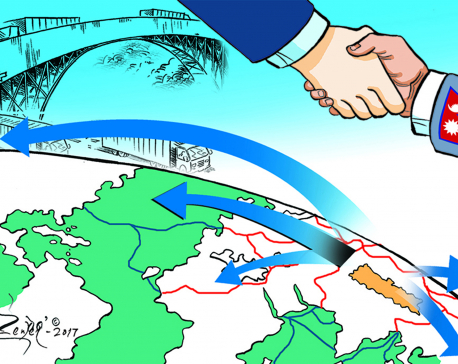
Reassessing BRI
The connectivity that BRI offers will open Nepal to the world market through different sea ports. Nepal then will no... Read More...
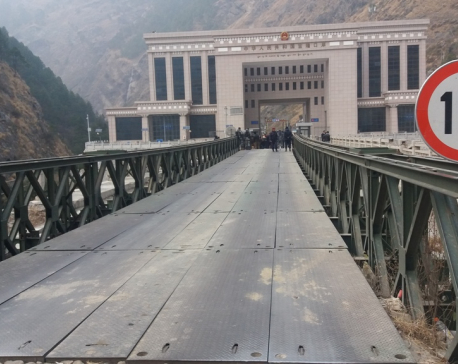
Total exports growing, except to China
KATHMANDU, June 23: Though the total exports of Nepal has been on a rising trend, albeit slowly, the case is... Read More...




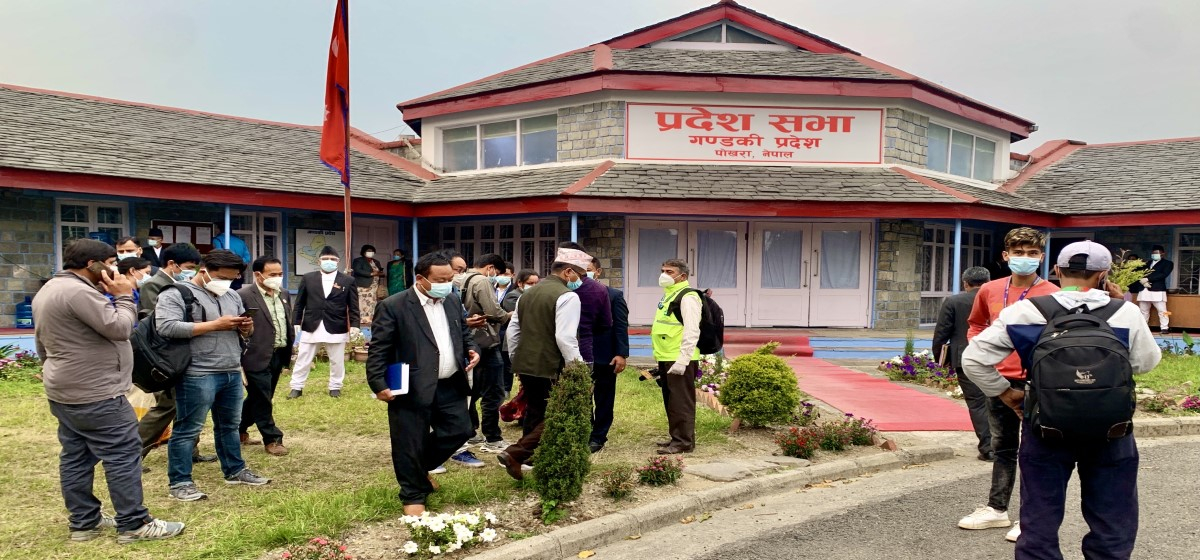

Just In
- Altitude sickness deaths increasing in Mustang
- Weather forecast bulletin to cover predictions for a week
- Border checkpoints in Sudurpaschim Province to remain closed till Friday evening
- Gandaki Province Assembly session summoned
- CM Karki to Speaker: Resolution motion for vote of confidence unconstitutional
- EC reminds all for compliance with Election CoC
- 13 killed, several injured after strike at Al-Maghazi refugee camp in Gaza
- NA team leaves for Solukhumbu to launch Clean Mountain Campaign









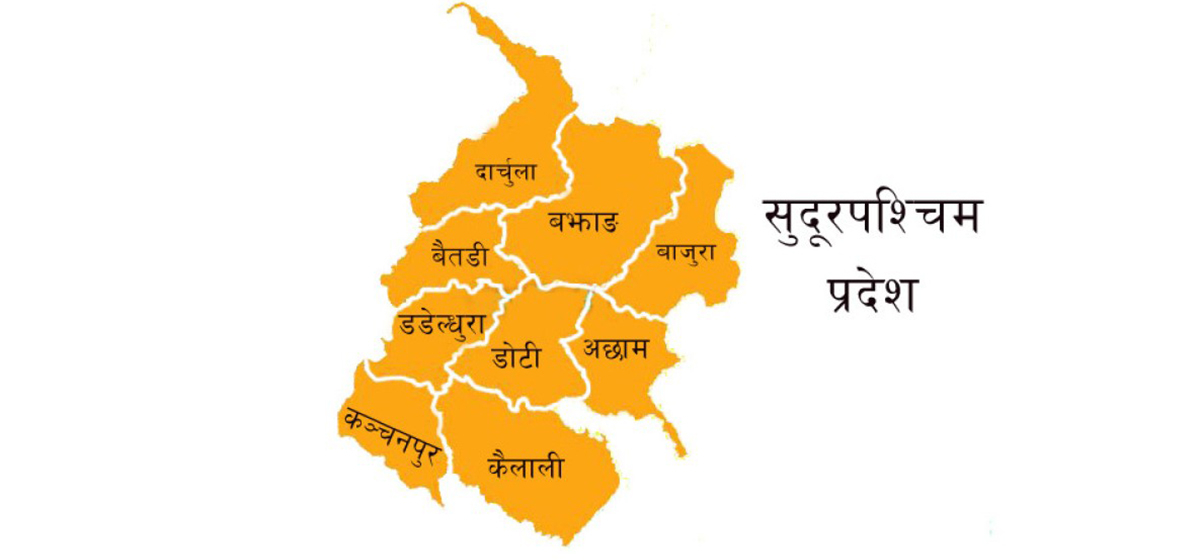
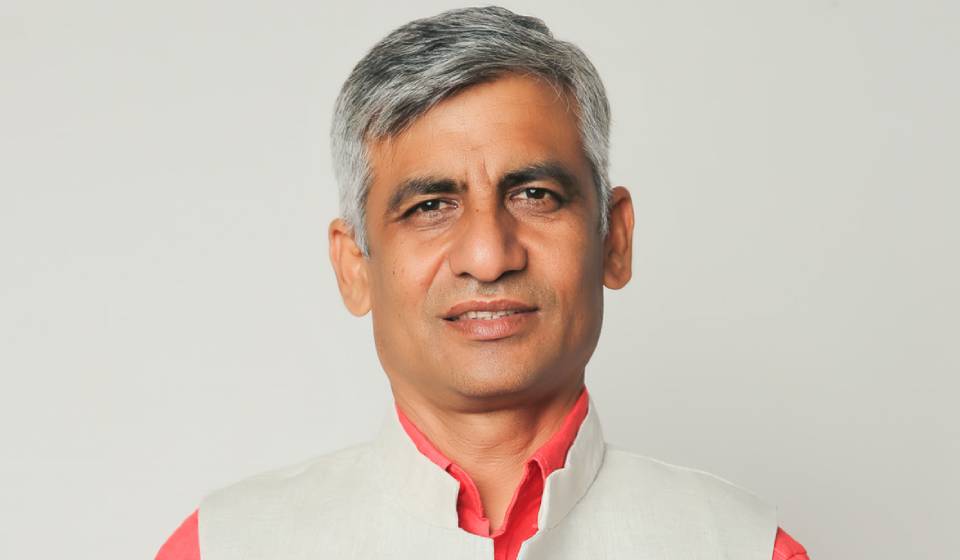

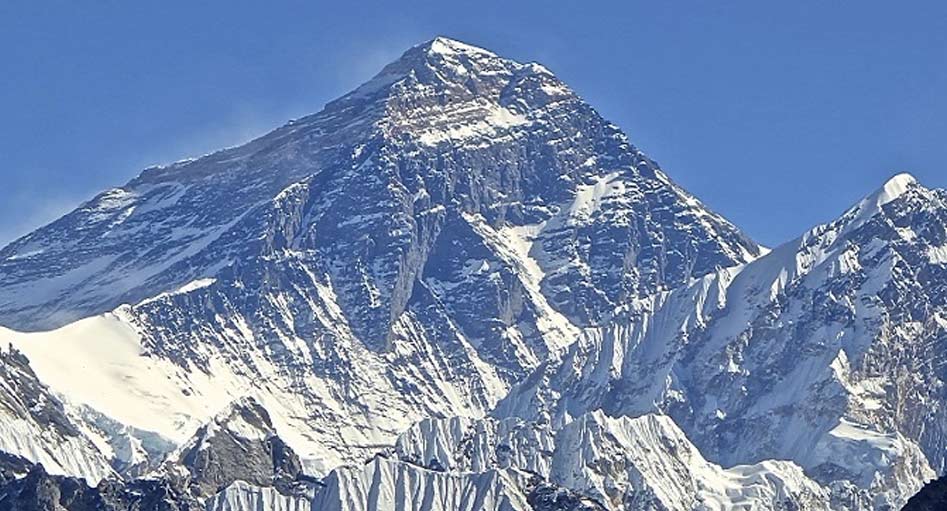
Leave A Comment